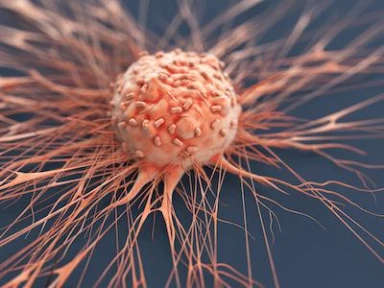Myeloma Facts

Why Early Detection of MM is Crucial
As incidence continues to increase, early detection may help provide patients more treatment options1. Despite current available treatments, multiple myeloma remains incurable and most patients will relapse and become refractory to these treatments2. In some patients, the cancer may respond to initial treatment, but not to treatment following a relapse2.
Multiple Myeloma Shows No Signs of Slowing Down
- For the EU as a whole, multiple myeloma incidence is projected to increase from approximately 35,000 new cases in 2015 to over 43,000 by 20303.
- Each year there are more than 130,000 new diagnoses of multiple myeloma worldwide4.
- In Europe, approximately 39,000 patients are diagnosed with multiple myeloma each year5.
- This disease is most frequently diagnosed in people aged 65-75 years6.
- Relapsed and refractory multiple myeloma (RRMM) is a complicated and heterogeneous disease, as it is continuously developing resistance to treatments7.
Almost all people with multiple myeloma will still relapse on or after treatments. Once these patients relapse, they become more difficult to treat2. There is a need for new agents so that patients and physicians can have options as the disease progresses.
Signs and Symptoms of Multiple Myeloma8
Often, multiple myeloma causes no symptoms until it reaches an advanced stage. Sometimes, it might cause vague symptoms that at first seem to be caused by other diseases1.
- Bone Pain that is persistent or recurrent, and fractures
- Persistent tiredness due to anemia or kidney failure
- Recurrent unexplained Infections, such as pneumonia
- Nervous system disorders
- Shortness of breath or evidence of heart or kidney failure

Bone Pain that is persistent or recurrent, and fractures

Persistent tiredness due to anemia or kidney failure

Recurrent unexplained Infections, such as pneumonia

Nervous system disorders

Shortness of breath or evidence of heart or kidney failure
- American Cancer Society. Can multiple myeloma be found early? https://www.cancer.org/cancer/multiple-myeloma/detection-diagnosis-staging/detection.html. Updated February 2018. Accessed March 2021.
- Multiple Myeloma Research Foundation. Multiple myeloma prognosis. https://themmrf.org/multiple-myeloma/prognosis. Accessed March 5, 2022.
- Schey SA, Morris J, Maguire Á, Dhanasiri S. Quantifying the burden of multiple myeloma across Europe . 2016;128(22):5960.
- International Myeloma Foundation. March Myeloma Action Month website. https://mam.myeloma.org/learn-more-about-multiple-myeloma/. Accessed March 2021.
- João C, Costa C, Coelho I, Vergueiro MJ, Ferreira M, Silva MG. Long-term survival in multiple myeloma 2014;2(5):173-179. doi:10.1002/ccr3.76.
- National Cancer Institute. Cancer stat facts: myeloma. https://seer.cancer.gov/statfacts/html/mulmy.html. Accessed March 2022.
- Larsen J, Kumar S. Evolving paradigms in the management of multiple myeloma: novel agents and targeted therapies 2015;3:47–68. doi:10.1007/s40487-015-0009-4.
- American Cancer Society. Signs and symptoms of multiple myeloma. https://www.cancer.org/cancer/multiple-myeloma/detection-diagnosis-staging/signs-symptoms.html. Updated February 2018. Accessed March 2022.



.png/jcr:content/Minimal_Residual_Disease_(2).png)